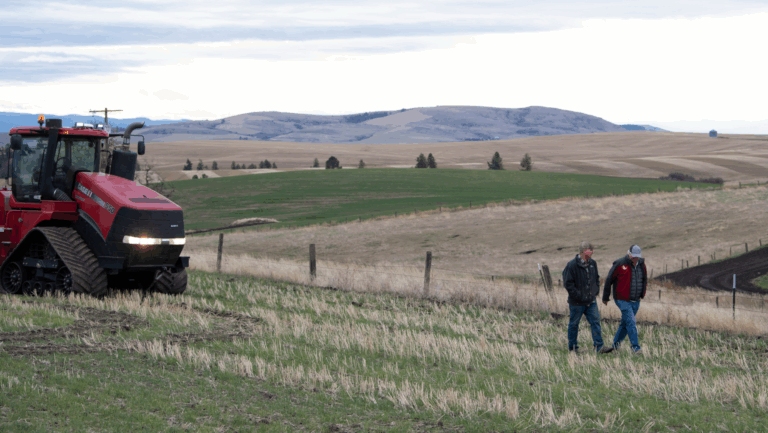The History Behind the Poinsettia Plant & AgAmerica’s Agricultural Land Loan
Celebrate National Poinsettia Day
And learn about this beautiful plant that is closely associated with the holiday season
With National Poinsettia Day taking place on December 12 and poinsettias often considered the official plant of Christmas, this month is the perfect time to learn more about the history of poinsettias.
First, you may be wondering: Where did the poinsettia originate from? The poinsettia flower is native to Central America – specifically, an area in southern Mexico called “Taxco del Alarcon” – and the plants were used by the ancient Aztecs to make a purple dye for clothing and cosmetics. They also used the poinsettias’ milky white sap wax to create a medicine to treat fevers.
The poinsettia made its way to the United States when Joel Roberts Poinsett (for whom the plant is named after) brought them back to his home state of South Carolina in 1828. Poinsett sent poinsettias to friends in other states, too, including John Bartram in Philadelphia, Pennsylvania. Bartram is believed to be the first person to sell poinsettias under their botanical or Latin name, Euphorbia pulcherrima, which means “the most beautiful Euphorbia.”
Today there are more than 100 varieties of poinsettias available, and they come in an array of colors including red, white, pink, burgundy, yellow and purple. Over 70 percent of all poinsettias purchased in the United States are grown at the Paul Ecke Ranch in Encinitas, California. The ranch is also responsible for about 50 percent of the plant’s worldwide sales.
Although poinsettia commodity prices vary, they contribute more than $250 million to the Untied States economy at the retail level. Most poinsettias are sold within a six-week period leading up to Christmas, representing about $60 million worth of sales.
No matter what you grow or where you live, AgAmerica Lending’s team of experts can help you get the right farm financing that works well for you and your operation. We understand the importance of diversification in running a successful operation and if you’re ready to expand or add another crop, simply answer a few quick questions and get verified for an agricultural land loan today.






